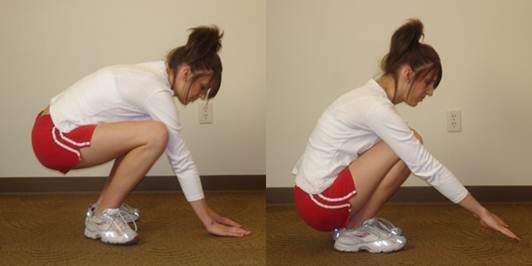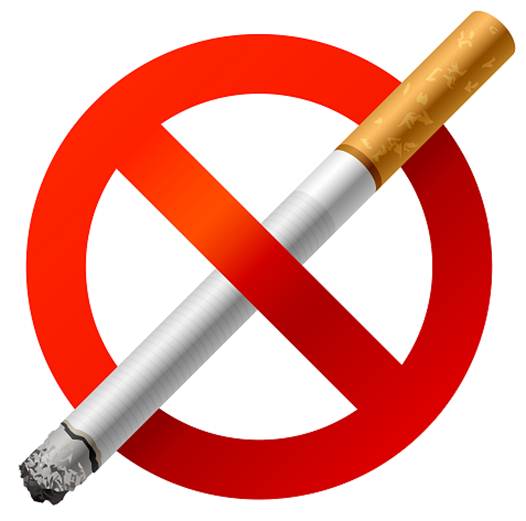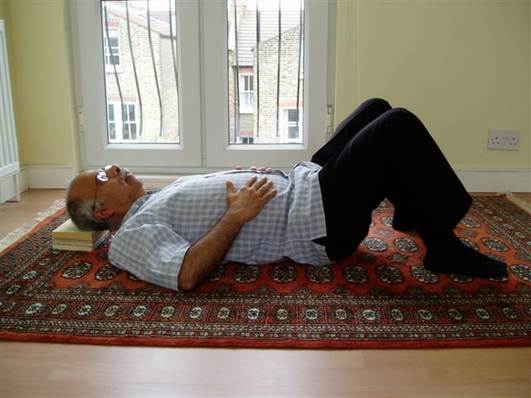Urge Incontinence
If you have urge incontinence (also known
as an overactive bladder), you get the urge to go even though your bladder is
barely filled. You also leak en route to the bathroom. (Having frequent urges
without the leakage is called urinary frequency and often has the same causes.)

According to the Incontinence Association
of South Africa, one in seven women suffer from this. “It’s often, but not
always, triggered by environmental factors. These include seeing the toilet or
speaking about it, hearing running water, getting in the bath or shower, and
upon arriving home and putting your key in the lock,” explains Cape Town-based
pelvic function physiotherapist Corina Avni.
Urge incontinence is also heavily influenced
by dwindling oestrogen levels after menopause. Also, the more babies you’ve
delivered, whether vaginally or via Caesarean section, the higher your risk.
A huge percentage of women have mixed
incontinence – both stress and urge. The only reliable way to distinguish
between the two is to undergo uro-dynamic testing to check the bladder.
Bladder retraining exercises help for urge
incontinence. There are also several drugs available, but their results and
side effects vary widely, so it pays to explore other options first. As urge
incontinence is often triggered by bladder irritation or inflammation, the
following approaches can be helpful:
·
Dietary changes:
Bladder inflammation may often be caused or aggravated by certain beverages,
such as coffee, black tea and alcohol, as well as spicy and acidic foods, wheat
and dairy. Identify these food sensitivities with blood tests or an elimination
diet.
·
Adequate fluid intake: Those who have a high-fluid intake (2.4 litres per day) may show a
reduction in leakage by lowering their fluid intake. Similarly, those who have
a low-fluid intake (1.5 litres per day) may benefit from increasing fluid
intake.
Also reduce your fluid intake after 6pm,
which may decrease night-time incontinence episodes.

·
Stop smoking:
Nicotine is irritating to the detrusor muscle causing bladder contractions and
urgency. A smoker’s cough may cause urinary leakage.
·
Amino acids: Two
key aminos are L-glutamine and N-acetyl glucosamine. You can also try the herbs
Zea mays (cornsilk), uva-ursi and marshmallow root. Ensure you consult a
qualified naturopath first.
·
Toning herbs:
Herbs, such as passion-flower and chamaelirium, can help tone the pelvic
tissue. The herb, equisetum, strengthens the whole pelvic floor and helps with
night-time urinary frequency. Consult a qualified naturopath before use.
·
Acupuncture: By
stimulating various points you can improve a patient’s qi (energy), so the
bladder regains its strength and doesn’t spasm.
Do kegels correctly

·
Lie down in a quiet place
·
Try to imagine that the muscles of your vagina
are like the doors of an elevator. Gently close the doors and lift the elevator
up to the next floor, then bring the elevator back down and open the doors.
Don’t lift your hips.
·
If you can’t find your pelvic-floor muscles,
place a finger inside your vagina, squeeze the surrounding muscles and make
sure you feel a tightening. You can also locate them by stopping the flow of
urine as you pee, but only try that once. Doing it regularly may cause damage.
·
Once you get comfortable with contracting and
relaxing these muscles, you can try doing Kegels in other positions.
·
Don’t hold your breath or squeeze other muscles,
such as your buttocks or inner thighs.
·
Do 10 to 15 repetitions three times a day. Work
up to holding each contraction for 10 seconds.
·
Do them daily for six weeks, then two or three
times a week (forever)